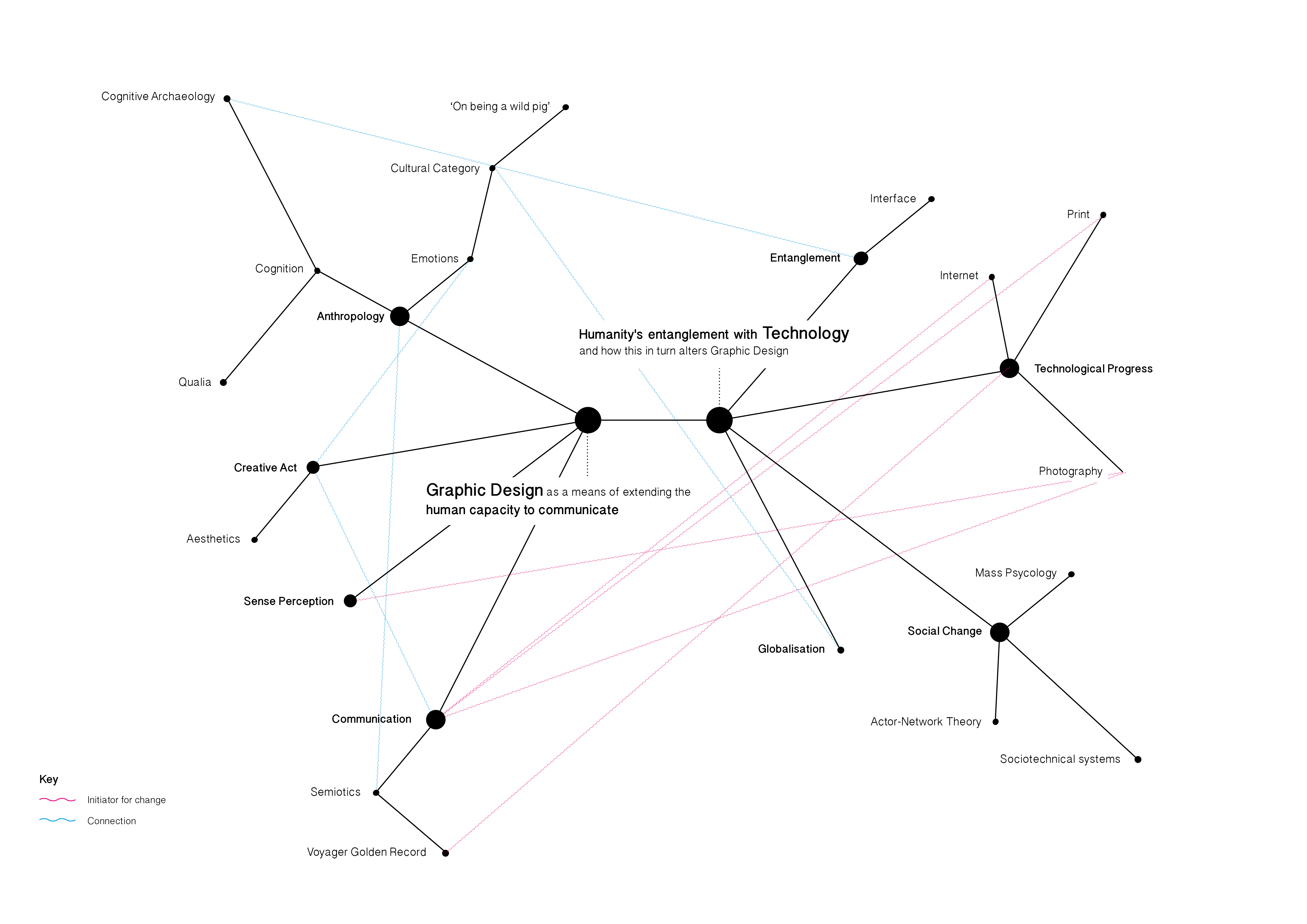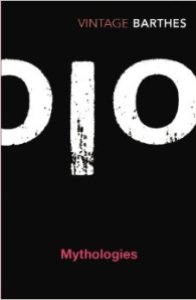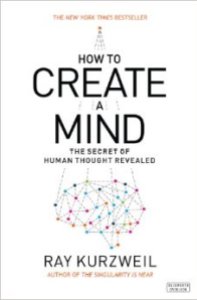I have found a number of revelations by engaging with this year’s Turner Prize nominees that I expect will shape my own methodology and ensuing project. As I discussed in an earlier post ‘All the World’s Futures’, I am beginning to establish recurring themes in works that on the surface appear to diverge in their overarching implied denotation. I have immersed myself in the work itself and attempted to delve deeper in trying to understand the artist’s influences, as a result I have chosen particular elements that resonate with my own practice.
Duncan Campbell | It for Others
A History
Duncan Campbell won this year’s Turner Prize with his film ‘It for Others’ that explores how we can understand certain histories through objects. Campbell’s fascination for African art coexists with a portrayal of a constructed history. Originally I established an association with ‘It for Others’ due to the traditional art shown that I conceded to be related to my earlier foray into primitive modes of expression, though I admit this early delineation was perhaps superficial. The African art alternatively strove to question the value of objects in a social and historical context.
One particular element of Campbell’s work that resonated with me was his description of a constructed history that is malleable and susceptible to bias. This observation had been highlighted in a previous conversation I had with Dr Stephen Thompson at the early stages of my project and has resurfaced in an altered façade. In an interview with Campbell conducted by Tate as part of the promotion for his nomination, he stated:
What’s contained in these archives is actually highly constructed and partial. There’s all sorts of gaps and lapses and even, kind of, prejudices against certain subjects. The histories are very important but I also think it’s very important to look at how those histories are constructed as well.
Duncan Campbell
This whole paradigm of a constructed history and the precursors who fashioned this accepted history as we know it poses interesting ideas of an active viscous structure prone to fictitious dogmas. In my previous post I deliberated the work of Croatian artist Sanja Iveković and her work ‘The Disobedienst’ that strove to reveal the disremembered stories of individuals who had made considerable contributions to society. The key figures in Iveković’s work had become marginalised having resisted the Nazi Regime and only now were they collectively revered for their own personal experiences. Drawing upon the actor-network theory I think it is important to delve into the individual elements that contribute to a society or history. Previous Turner Prize winner Grayson Perry made a thought-provoking statement in his Channel 4 series ‘Who are you?’ that approached the question of the individual, he concluded that:
Our identity is something we perform over a lifetime, so this idea that we are this static thing I think, is an illusion. We are a series of bits of baggage, but eventually they build up into this ongoing, lifelong artwork that is our individual identity and we feel it and we live it and we perform it.
Grayson Perry
In addition to realising Campbell’s motives behind ‘It for Others’ I have also established an appreciation in the works method, predominantly the episodic manner that Campbell ascertains: “It’s a moment in thought as opposed to being some kind of conclusion, it’s kind of open-ended” (see Tate, 2014) I found solace in this statement having grappled with my own thought process and similarly how I would ultimately bring my idea’s to fruition. Recently I have begun to adopt the theatrical term ‘Diegesis’ as a label for my work for the reason that it denotes a monologue of sorts in which an interior view of a world is externalised and most importantly a fictional view. Above all I chose diegesis as I felt it reflected my ideas in a concise and approachable manner, basically reducing my hypothesis into two delineations of ‘interior view’ and a ‘fiction’. Campbell’s work has provided a newfound acceptance of complexity and I hope that by implementing the term diegesis I may be able to fabricate a project that becomes a self-reflexive monologue of ideas in perhaps the guise of a book.
I am beginning to envision that a book would become a catalyst for thought as well as a means of honing my design methodology. Essentially it would take on the form of art with its implied contextual framework and embody my progression as a designer.
Greyson Perry: Who are you? (2014). [TV programme] Channel 4, 22 October 2014
Tate (2014). TateShots: Turner Prize 2014, Duncan Campbell. [Video Onlne] Available at: https://www.youtube.com/watch?v=8PDFVAE0q7g (Accessed 05 December 2014









